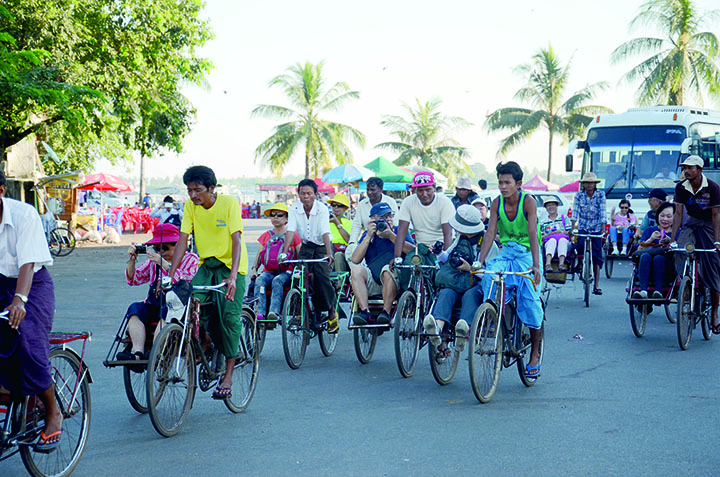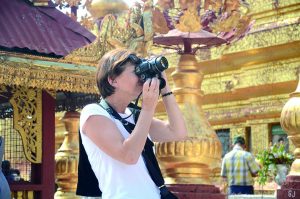Mingalabar! is a greeting that every tourist normally hears as they just land on Myanmar. This word represents honesty and moral principles of Buddhism. It also has profound insight in daily practices.
The essence of Minigalabar should be genuinely brought into Myanmar tourism industry that is still lagged behind most of our neighbouring countries in terms of services and quality.
Myanmar has adopted the Tourism Master Plan in 2012, covering the period 2013-2020. It includes a three-pronged strategy that focuses on expanding community-based tourism, building human capacity in the industry, and developing popular destinations as well as more access to less visited areas.
Relevant stakeholders need to put their efforts sincerely and ethically in capacity building for these all three areas. One of the significant voicing concerns among the tourists is the need of clean and hygienic practices that should be seriously considered as a tangible proof of a living standard in any society.
Everyone would like to spend their money effective and efficiently. From transportation to accommodation and from foods to souvenirs, both domestic and foreign visitors expect cost-effective services with competitive and reasonable prices during their visits.
Myanmar is launching campaigns and adopting policies to promote this sector because it is widely accepted as a non-smoking industry with a significant revenue source for almost all the countries across the world.
Recently, some regional countries become popular for their arrangements to attract budget travellers. The tourism market should be competitive, but it must guarantee reasonable and reliable services. The gap in services can closely be compared in border towns although the locals tried their best to mimic the practices of neighbouring countries. In this regard, local authorities play crucial role in creating a competitive environment for tourism industry. They need to enforce rules and regulations on hygiene practices and other services, as well as infrastructural developments.
Local authorities should not allow operating dirty roadside shops that are largely found even in major cities of the country. Sound policies should be adopted to support these vendors as pretty roadside foods are attractive to the visitors in foreign countries.
The National Tourism Industry Development Central Committee meeting was held in Nay Pyi Taw on 3 August 2018. In her address to the event, State Counsellor Daw Aung San Suu Kyi proposed ideas of more than 10 key tourism-promotion strategies, including railways extension, promoting community-based tourism and building small, livable hotels and hostels, planning new destinations and natural adventure tours.
Despite having a rich natural environment, Myanmar remains as one of the bottom countries in Southeast Asia in terms of tourism industry, while it has many unexploited tourist destinations.
According to the statistics of Ministry of Labour, Immigration and Population, arrival of overall foreign visitors to Myanmar from January to February this year was 747,905, compared with 607,150 of the same period last year, increasing 23 per cent. Among the visitors from Asian countries, Chinese stood first followed by Thailand, Korea, Japan, Singapore, Vietnam and India.
The government has expected 7 million annual tourist arrivals by 2020. Meanwhile, neighboring Thailand received 35.38 million tourists in 2017, the figure was more than half its population.
The State Counsellor suggested Myanmar needs new, innovative ideas to attract more tourists. She also remarked that neighbouring countries Thailand, Cambodia and Laos have taken several steps ahead of Myanmar in terms of developing their tourism sectors.
She also expressed her concerns about more investments in developing railways and waterways of Myanmar, which are more convenient options for tourists to travel.
Despite optimism about her idea, railway networks, levels of rail infrastructure quality, train cleanliness and passenger comfort should be taken seriously into consideration, while many tourists would be interested in choosing railways to visit some tourist attractions.
In conclusion, development of tourism sector could only be done by all stakeholders, from all the roadside vendors to the lawmakers, and from local authorities to the central government, with the cooperation of respective community to prove that Mingalabar genuinely prevails among our society.
By Aung Khin



